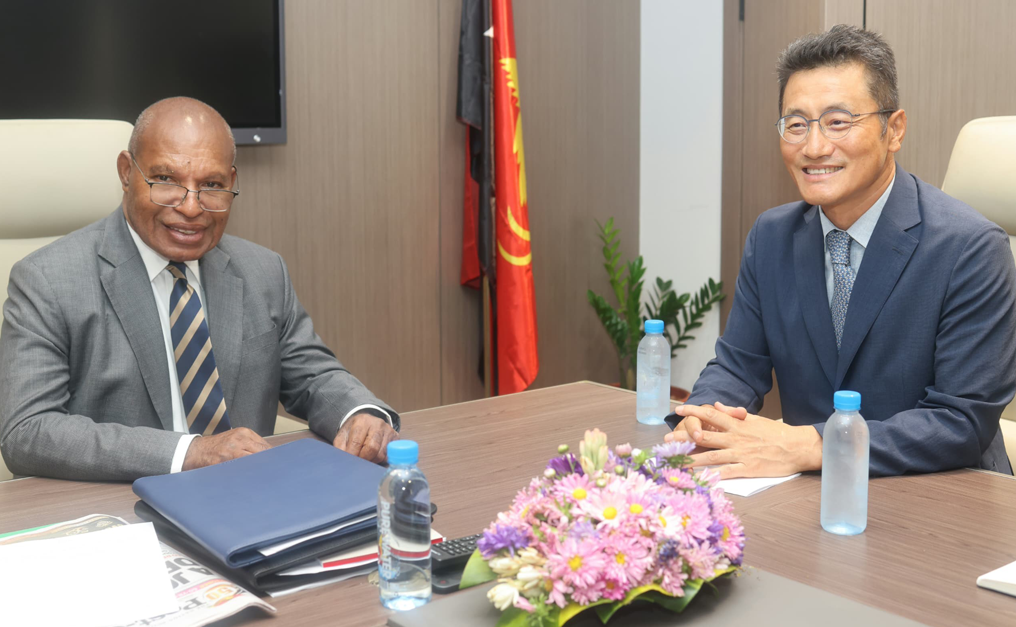KOICA opens office in PG
KOICA plans to open a Papua New Guinea office, expanding Asia-Pacific donor diversity. Targeting skills, health, and digital governance, the move could boost execution capacity and reduce donor dependence—if coordination prevents project fragmentation.

The Korea International Cooperation Agency (KOICA) is preparing to open a country office in Papua New Guinea, signalling a quiet shift in the region’s donor landscape. Beyond Australia, Japan, and multilateral lenders, Seoul’s engagement introduces a new Asia-Pacific partner capable of targeting capacity gaps through grant-funded technical support. Discussions between KOICA and PNG’s trade and investment ministry have centred on channeling expertise into health, skills development, digital governance, and SME enablement—areas where implementation bottlenecks remain most visible. For PNG, the diversification of grant partners spreads dependency risk and can accelerate the delivery of smaller, high-impact projects.
The real economic variable is not the amount of aid but its efficiency. Across ASEAN, KOICA’s projects have focused on governance, technology pilots, and skill systems that help crowd in private investment when procurement and standards are coordinated. In PNG, aligning new programmes with MRDC’s provincial investment pipeline and the government’s digital-ID rollout could amplify returns on existing capital spending. Grants aimed at administrative training, contractor screening, and project monitoring would raise the effectiveness of public investment. The risk lies in fragmentation—too many uncoordinated micro-projects can overwhelm limited bureaucratic capacity. Establishing a joint planning platform with the Treasury and National Planning Department to publish project pipelines and evaluations would anchor accountability.
Strategically, KOICA’s entry reshapes the diplomatic mix as China expands its presence and Australia maintains its lead donor role. For investors, broader development-partner depth signals improving project credibility: stronger technical assistance in procurement and compliance lowers perceived risk for PPPs and blended-finance ventures in infrastructure and energy. Early wins could come through targeted scholarships, digital government modules that cut licensing delays, and SME digitisation pilots in provincial towns.
Over the next two years, attention will focus on the design of KOICA’s first country programme, its co-financing arrangements with Australia, JICA, and multilateral banks, and whether technical assistance measurably reduces project delays in recipient ministries. The central scenario points to a modest but meaningful improvement in administrative capacity and delivery pace, though uncoordinated rollouts could dilute gains and slow replication across sectors.





